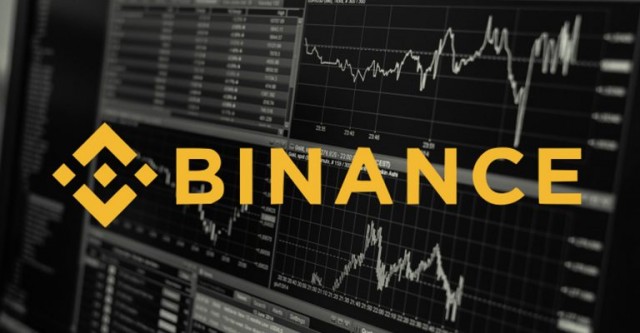Yesterday’s Newsletter showed Connect (LSE:CNCT) on a price earnings ratio of 7.6, both when using the one-year EPS number or the average EPS over ten years. The share thus seems cheap. But I need to address whether that is because it has a high likelihood of bankruptcy.

Piotroski analysis
Joseph Piotroski (2000), in a well-regarded academic paper, tested the combination of nine accounting variables as a differentiator of strong value companies and weak value companies.
He tested his metric on value shares defined by the ratio of accounting net asset value to market value of the company (high book-to-market ratio).
But it can be used for other value strategies, such as low cyclically adjusted price earnings ratio. A score of 5 out of 9 indicates a relatively low level of financial distress. Scores nearer to 9 indicate very low risk and tend to out-perform the stock market (in large samples).
I’ll conduct an analysis based on the annual report to August, and a second analysis based on the half-year ended February 2017.
- The first factor asks if there are profits. Connect made profits in the year to end August 2016 (as it has in the last ten years), therefore it scores one on the annual analysis. In the half-year to February it made a profit and so scores one on the interim report analysis as well.
- Did it generate positive operating cash flow? Yes, for both the annual analysis and the half year analysis. Second point for both analyses.
- Was return on equity better in the most recent period than a year before? This is measured by net income before exceptional items divided by beginning of year total assets. Both the annual and semi-annual results do not show an improvement, and so no Piotroski point is awarded.
- Was operating cash flow greater than profit (profits not pumped up by accruals)? In both cases cash flow was larger, so another Piotroski point.
- Has long term debt reduced as a proportion of average total assets? In both cases it has. Another point.
- Has the current asset to current liability ratio moved toward more safety year on year, i.e. more current assets relative to current liabilities? No, for the annual analysis, but yes for the semi-annual analysis.
- Has the company avoided issuing shares in the period (other than for managerial incentives, etc.)? Yes in both cases. One more Piotroski point earned for each analysis.
- Has the gross profit margin improved year on year? Yes, for both analyses, therefore one more point.
- Has the ratio of sales to total assets improved (more sales per unit of assets used)? For the annual analysis this ratio deteriorated and so no point is earned here. However, for the semi-annual report we find an improvement, so the company earns its eighth Piotroski point.
Scoring 6 out of 9 on the annual analysis leads me to think that the company has a low risk of financial distress: it has plenty of cash and profits coming in; it has an improv……………..
………………To read the rest of this article, and more like it, subscribe to my premium newsletter Deep Value Shares – click here http://newsletters.advfn.com/deepvalueshares/subscribe-1

 Hot Features
Hot Features













